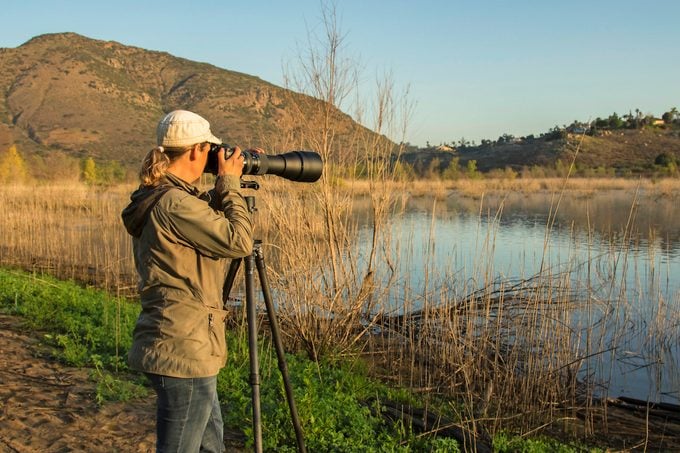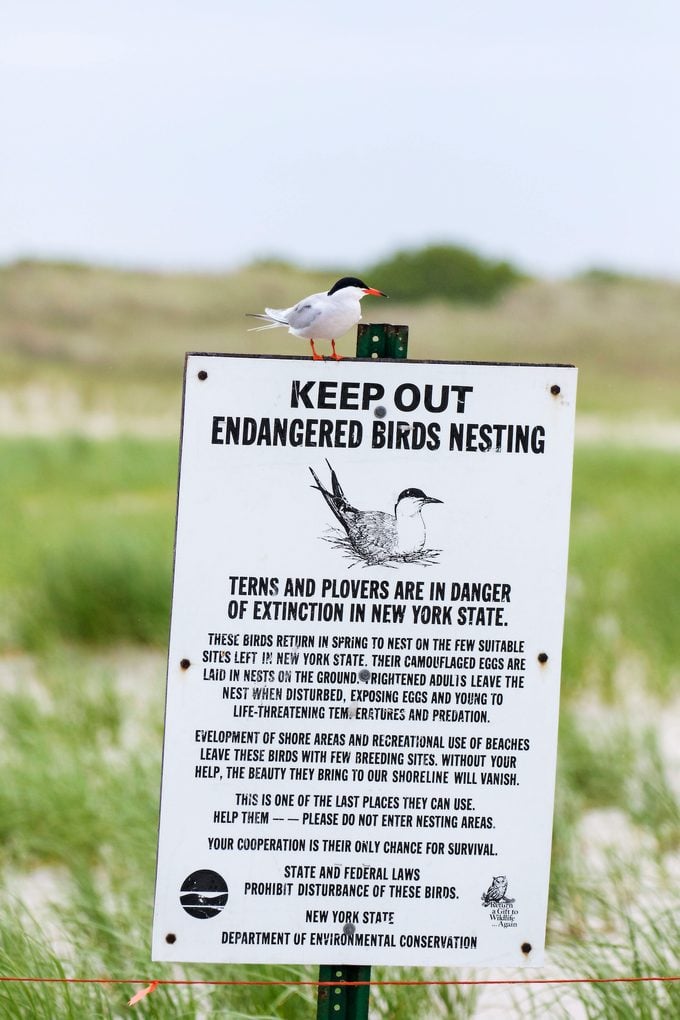7 Ways to Be a Better Birder
Updated: Aug. 25, 2020
Here's what every nature lover should know before going birdwatching.

The best thing about birding is that it can mean different things for different people. Some like to enjoy birds in their own backyard or at a local park, while others travel the world in search of avian delights. Many enthusiasts leave their binoculars at home and primarily pursue birds with cameras instead. No matter your approach, understanding birding etiquette and obeying the law are common threads that unite us in our hobby and experience. Here are seven of the most important things to remember to protect yourself and birds.
1. No Trespassing
It may be exciting to watch birds in a new place, but it’s never acceptable to trespass on someone’s private property. Always err on the side of caution if you have any doubt at all, and when you contact a landowner or homeowner to ask permission to visit a closed area, do so with the utmost respect and consideration.
2. Pay Attention to Bird Behavior
Birds have boundaries. It’s tempting to approach birds closely for a better look, but always watch them for signs of stress. If a bird stops what it’s doing to watch you, starts moving away or even flies away, then you’re too close. Some experience will help you understand how different birds react. This is a good reason to invest in binoculars or a camera with a decent zoom lens: They make it possible to enjoy fliers from a respectful distance. We found top-rated binoculars for every kind of birdwatcher.

3. Give Nesting Birds Space
Wild birds are sensitive in every season, but they can be especially vulnerable while raising young. Keep a healthy distance away from nests and parents with small chicks. After all, if they don’t succeed in raising more young, eventually we won’t have any birds to watch. Learn how to safely observe nesting birds.
4. Keep Quiet
Smartphone apps make it easy to play bird songs, and listening to them is a helpful way of checking the identity of an unfamiliar bird. But playing recordings too loudly can be a major disturbance for the birds, who may think an intruder has invaded their territory, or it could distract other birders.
5. Turn Off Your Camera Flash
As cameras become better and more compact, photography grows more popular. In most cases, using flash on wild birds is a bad idea. It’s likely to startle them and possibly scare them away—and it’s probably irritating to other birders in the area. Get more bird photography tips.
6. Obey Wildlife Protection Laws
Most wildlife protection laws are just common sense, but some are less obvious. For example, it’s not legal to keep feathers, eggs or old nests of most native birds, even after the birds are clearly finished with them. It’s also illegal to keep most native birds as pets. Check with local wildlife officers if you have any questions. Check out 20 amazing wildlife photos in Yellowstone National Park.
7. Follow the Rules of the Road
Traffic laws apply to everyone, even in the birding season! In popular areas, occasionally a car will stop in the middle of a road while the excited occupants scan a nearby flock. This kind of thing is extremely dangerous, as well as illegal. No bird sighting is worth risking anyone’s life. Even in the midst of a bird chase, obey speed limits and park only in safe, designated areas. Discover the best migratory birds hotspots for spring.
Remember, your behavior in the field sets the tone for others, and it has a big impact on how people see birders in general. Think of yourself as a birding ambassador, and always do your best to shine a positive light on this pastime we all love.
